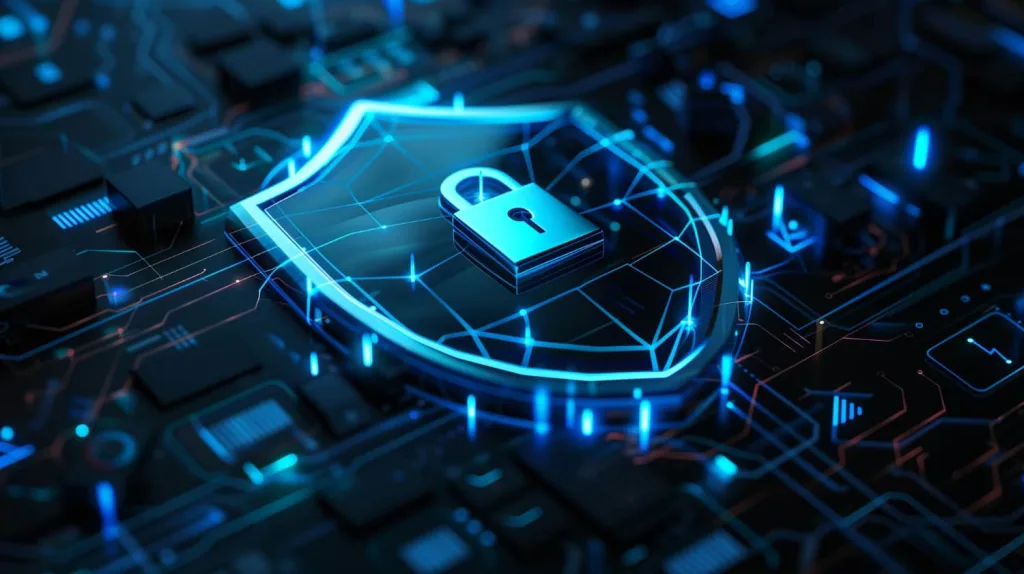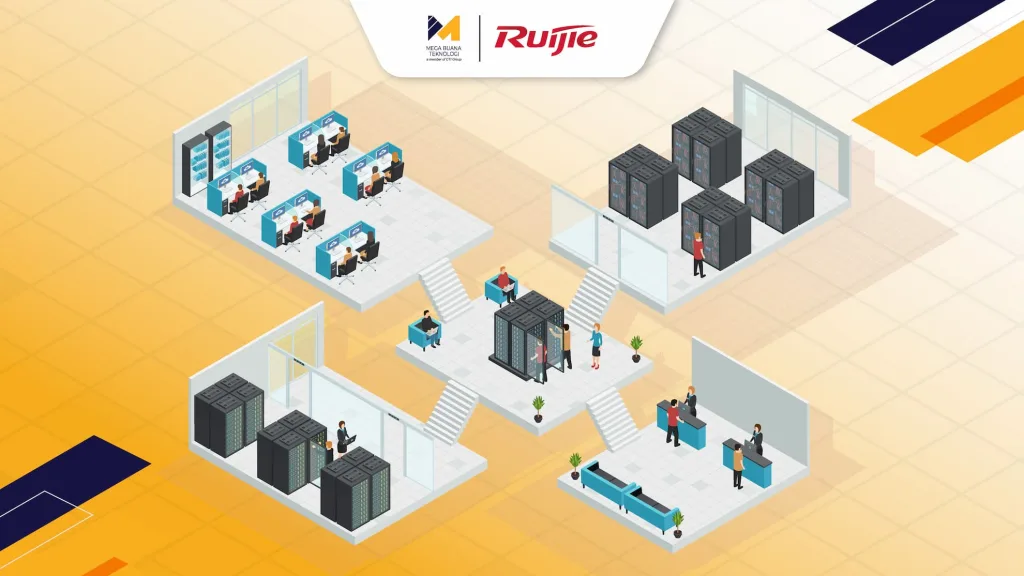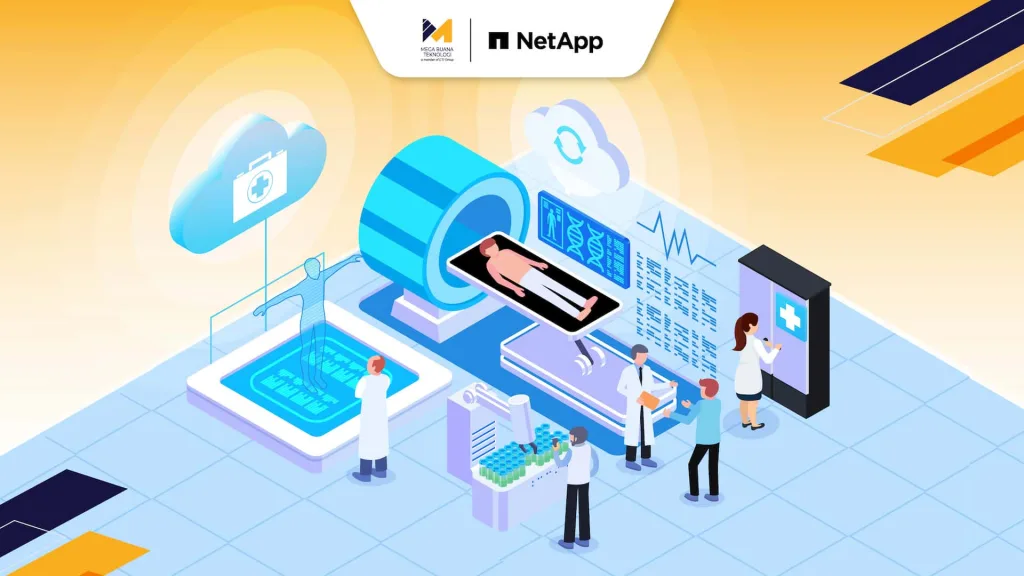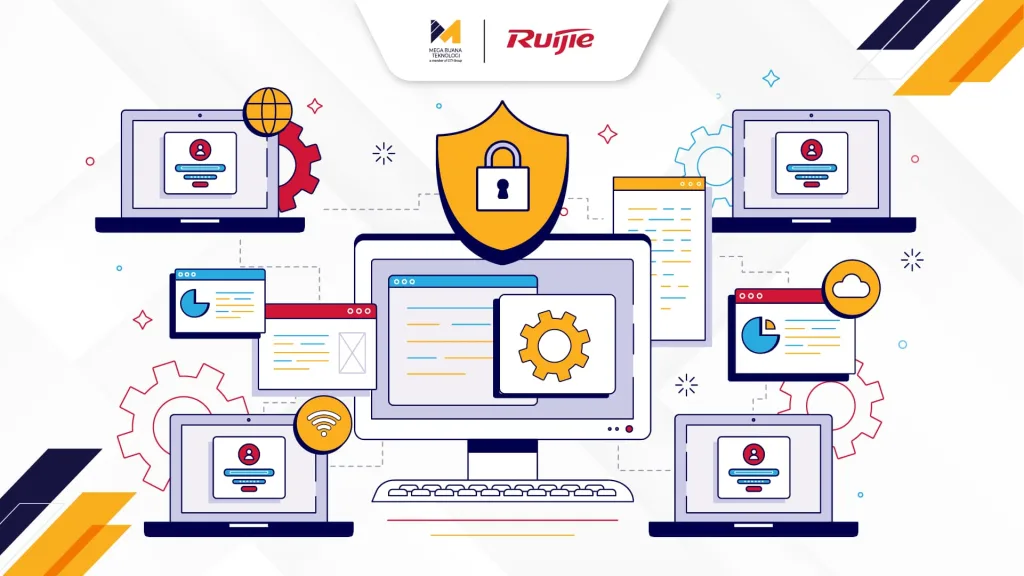As digital infrastructures grow increasingly complex, so do the methods cybercriminals use to exploit it. While businesses rush to adopt cloud services, AI, and hybrid systems, many fall into the trap of accumulating dozens of disjointed security tools. According to the The 2024 NetApp – Futurum Group Cyber Resilience Study, a staggering 70% of global cybersecurity leaders use more than 40 security tools, yet 84% admit this complexity hampers their ability to build effective cyber resilience.
This is exactly where Threat Detection and Response (TDR) comes into play—a smarter, integrated approach that doesn’t just detect threats but actively responds to them in real-time, using AI, behavioral analytics, and full-stack security visibility from endpoint to cloud.
So, what exactly is Threat Detection and Response? How does it work, and why it becoming an essential component in every organization’s cybersecurity strategy? Let’s break it down.
What Is Threat Detection and Response (TDR)?

Threat Detection and Response (TDR) is a modern cybersecurity approach that combines real-time threat detection and mitigation in a single, integrated system. Moving beyond passive alerts, TDR analyzes suspicious behaviors, identifies attack patterns, and takes automated actions such as isolating systems, blocking access, or triggering advanced protection.
By focusing on rapid and precise response, TDR helps companies minimize cyberattack damage before it spreads—making it a key foundation in any modern cybersecurity strategy.
How Does Threat Detection and Response Work?
TDR operates by integrating real-time monitoring, telemetry data collection, and automated response mechanisms across the entire environment—including endpoints, networks, applications, and cloud workloads. When anomalies are detected—like unusual I/O spikes, traffic surges, or out-of-pattern credential usage—machine learning and threat intelligence are triggered to perform correlation and risk scoring.
If a threat is verified, TDR executes an automated playbook—such as isolating hosts, terminating malicious processes, or revoking access—all within seconds to prevent lateral movement and maintain system integrity.
Core Components Behind Threat Detection and Response Effectiveness
TDR is built on several key components that work in tandem. Without these pillars, any detection and response strategy may falter in the face of evolving threats.
Threat Intelligence
Threat intelligence serves as the core knowledge base, gathering data from internal and external cyber incidents. These insights help TDR systems recognize attack patterns, map adversary techniques, and adapt detection strategies in real-time.
Security Information and Event Management (SIEM)
SIEM consolidates logs, events, and activity data from multiple sources into a centralized dashboard. This allows IT teams to monitor, analyze, and detect threats based on comprehensive data correlation.
Endpoint Detection and Response (EDR)
EDR focuses on endpoint-level activities such as those on laptops, servers, or IoT devices. It monitors suspicious behaviors, detects anomalies, and provides forensic investigation capabilities during security breaches.
Behavioral Analytics
By analyzing user and system behavior, TDR can quickly identify deviations from normal patterns. This is essential for detecting threats with no known signatures—such as zero-day attacks or insider threats.
Key Benefits of Threat Detection and Response Implementation
TDR does more than monitor and detect potential attacks—it delivers fast, automated responses for more adaptive and efficient protection. What practical benefits can companies expect from implementing TDR? Here are some of them.
Early Detection
TDR leverages AI and behavioral analytics to identify anomalies before they escalate into major incidents. This approach enables faster action—even before traditional systems raise an alert.
Automated and Controlled Response
Once a threat is detected, the TDR system can execute a response—such as isolating endpoints or blocking access—without waiting for manual escalation. This speeds up mitigation and reduces the attacker’s window of opportunity.
Reduced Down Time
The longer a threat lingers in a system, the greater the potential damage. TDR cuts down dwell time by identifying and mitigating threats within seconds—not days.
End-to-End Visibility
With integration across infrastructure layers—from endpoints and applications to cloud and network—TDR delivers holistic visibility that helps security teams better understand threat context and prioritization.
Automated Response
When threats are detected, TDR must be able to respond immediately without manual intervention. Automated responses carry out actions like isolating endpoints, blocking access, or deleting harmful files instantly to minimize impact.
3 Proactive Strategies to Boost Threat Detection Resilience

Today’s cyberattacks are more stealthy and harder to trace. Reactive measures alone are no longer enough. Threat Detection and Response (TDR) must be reinforced with proactive strategies that allow early identification and rapid response before threats escalate. Here are several ways to fortify your TDR foundation.
Trap Attackers with Honeypots
Honeypots are decoy systems designed to mimic real network assets—including their structure, access paths, and filenames—but are disconnected from production. When attackers engage with a honeypot, their activities are logged as threat intelligence for analyzing exploitation techniques and enhancing detection rules.
Threat Hunting
Threat hunting is a hypothesis-driven, analytical approach where security analysts actively comb through activity logs, endpoint telemetry, and network anomalies to search for attacks that evade automated detection. Often based on frameworks like MITRE ATT&CK, this method accelerates detection of early-stage compromises that haven’t triggered alerts in traditional TDR systems.
Continuous Threat Detection Awareness
Cyber threats evolve rapidly—from AI-generated phishing to living-off-the-land binaries (LOLBins). Security teams must stay current with threat intelligence feeds, vendor whitepapers, and hands-on training like CTF (Capture The Flag) exercises. Ongoing learning strengthens their ability to refine rules, detection logic, and SOPs based on the latest attack trends.
Read More: AI Infrastructure: The Key to Accelerating the Digital Transformation of Your Business
Strengthen Your Threat Detection and Response with NetApp
In a threat landscape growing more complex each day, Threat Detection and Response (TDR) strategies need more than just tools—they need a strong foundation. NetApp provides a holistic, data-centric security approach—safeguarding data across environments from on-prem to cloud with integrated, real-time, and proactive capabilities.
Powered by Autonomous Ransomware Protection (ARP/AI) and built-in security tools, NetApp enables faster threat detection and AI-driven automated response—no additional external software required. Everything is controlled via a single panel, making monitoring and security management seamless. With a “security by design” principle, NetApp reduces attack surfaces, accelerates mitigation, and reinforces your cyber resilience from the data layer up.
Here are two NetApp solutions that have helped organizations strengthen their defense against real-world threats.
NetApp ONTAP
After a ransomware attack nearly paralyzed its academic system, Japan’s Shibaura Institute of Technology turned to NetApp ONTAP for data recovery and protection. ONTAP offers undeletable automated snapshots that enabled the institution to recover 100% of data with no significant downtime—supporting over 10,000 students and staff even during emergencies.
Equipped with Multi-Admin Verification and AI-powered anomaly detection, ONTAP strengthens access control and early threat recognition. Today, Shibaura’s storage infrastructure is more resilient and prepared for future cyber threats.
NetApp Cloud Insights
Using NetApp Cloud Insights and its Cloud Secure feature, North America’s largest logistics company—operating over 3,200 trucks, 5,700 trailers, and 1,200 energy units—built a robust data security system without expanding its team or budget. Machine learning–based anomaly detection allowed early ransomware threat identification automatically and without manual fatigue.
This transformation delivered complete visibility across thousands of distributed IT assets and enabled faster, more accurate security responses. As a result, the company preserved transport continuity for over 100 of the world’s top chemical manufacturers—while securing sensitive data in both cloud and private datacenter environments.
Learn More About Product: NetApp
Enhance Your Security Strategy with MBT
Mega Buana Teknologi (MBT), part of the CTI Group, is ready to help you build a cybersecurity system that’s adaptive, integrated, and prepared for diverse threats. Through leading NetApp solutions, we offer a proactive approach to threat detection and response—from on-prem to cloud—powered by cutting-edge technologies like ARP/AI, SIEM integration, and multi-admin verification. Supported by a team of IT professionals, MBT provides end-to-end consulting and implementation services tailored to your business needs.
Contact us today to find the best-fit Threat Detection and Response solution—purpose-built to protect your data and sustain your business continuity.
Author: Danurdhara Suluh Prasasta
CTI Group Content Writer





